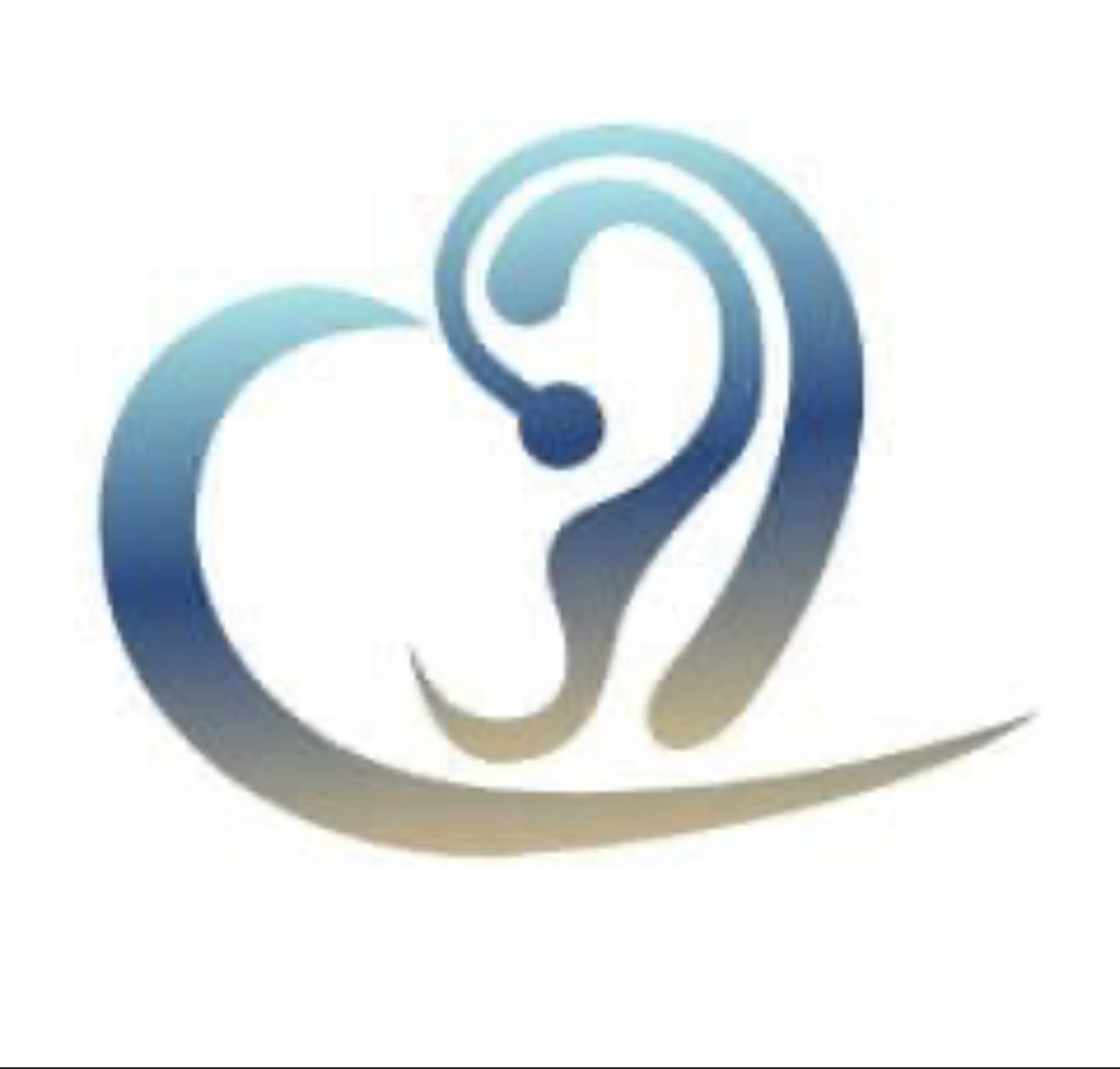Understanding the Basics of Audiometric Testing
- OPTIMUM HEARING CARE

- Mar 30
- 4 min read
Audiometric testing is a crucial process for assessing hearing ability and diagnosing potential hearing disorders. This testing typically involves a series of evaluations that help audiologists understand an individual's auditory function. In this blog post, we will delve into the basics of audiometric testing, covering what it entails, how it is conducted, and the importance of understanding results.
What is Audiometric Testing?
Audiometric testing refers to various methods used to measure an individual's hearing capabilities. This testing assesses how well a person can hear sounds at different pitches and volumes. The most common type of auditory tests is the pure-tone audiometry test, which involves listening to sounds of specific frequencies through headphones while indicating when the sound is heard.
Additionally, the testing environment is typically soundproof or controlled to minimize external interference. Audiometric testing is essential for several reasons. It can help diagnose hearing loss, monitor changes in hearing over time, and provide baseline measurements before other treatments or interventions.

Types of Audiometric Tests
Audiometric testing encompasses various types of tests, each designed to evaluate different aspects of hearing. Here are some common types:
Pure-Tone Audiometry: This test measures the faintest tone a person can hear at different frequencies. During the test, soft tones are presented, and the participant raises their hand or presses a button when they hear the sound.
speech reception threshold: This measure assesses the lowest level at which a person can understand speech. A common test involves presenting a list of words at different volume levels, confirming the softest level at which comprehension occurs. This is mainly used to determine how well one can understand conversations in noisy environments.
Bone Conduction Testing: Instead of testing the outer ear, this method uses vibrations directly on the mastoid bone behind the ear. This approach helps identify whether hearing loss is due to problems in the inner ear or with the outer/middle ear structure.
Auditory Brainstem Response (ABR): This test evaluates how the auditory nerves and brainstem respond to sound. It requires the individual to be calm or asleep as electrodes measure responses to sounds.
Otoacoustic Emissions (OAE): This test measures sound waves produced in the inner ear. If the cochlea is functioning effectively, it will emit these sound waves, enabling the audiologist to assess inner ear health.

What is the Speech Reception Threshold 50?
The term "speech reception threshold 50" refers to the softest level of speech that can be understood correctly 50% of the time. This measurement is crucial in understanding an individual's hearing sensitivity regarding spoken words. During the evaluation, a series of words is presented at different volume levels, helping audiologists gauge comprehension and clarity.
Identifying a patient's speech reception threshold can assist in creating effective hearing rehabilitation plans. For example, if an individual has a higher threshold, they may benefit from a hearing aid or communication strategies to assist in conversation.
Importance of Audiometric Testing
Understanding the significance of audiometric testing is essential for individuals suspecting hearing difficulties. Some key reasons include:
Early Diagnosis: Audiometric testing can detect hearing issues early, allowing for interventions that could prevent further deterioration.
Tailored Treatments: The results help audiologists recommend specific treatments, be it hearing aids, therapy, or auditory training, tailored to the individual's needs.
Monitoring Progress: Regular audiometric evaluations can help monitor changes in hearing over time, ensuring timely adjustments to treatments.
A 2022 report from the World Health Organization stated that approximately 1.5 billion people worldwide experience some form of disabling hearing loss. Regular auditory assessments can play a significant role in addressing this global health challenge.

What to Expect During an Audiometric Test
If you’re scheduled for an audiometric evaluation, it’s normal to have questions. Here’s what you can typically expect during your appointment:
Preparation: Arrive a few minutes early to fill out any necessary paperwork and provide medical history, including any exposure to loud noises or previous ear issues.
Testing Environment: You will be guided into a soundproof room where you can hear the sounds without external distractions. You’ll wear headphones connected to an audiometer.
Procedure: The audiologist will instruct you to respond when you hear sounds. It’s important to be as quiet as possible and focus, as the sounds may vary in volume and frequency.
Results Discussion: After the testing is complete, your audiologist will review the results with you. They will explain what the results mean for your hearing and potential next steps.
Audiometric testing is typically quick, taking about 30 minutes to an hour, depending on the specific tests being performed.
Final Thoughts on Audiometric Testing
In summary, audiometric testing is an invaluable resource for assessing and understanding auditory health. By recognizing the different types of tests and their importance, individuals can take proactive steps toward better hearing. Whether you’re experiencing a change in your hearing or simply seeking routine evaluation, understanding these basics can ensure you approach the process with confidence. Prioritize your hearing health today; it is a vital aspect of overall well-being.
By maintaining awareness and scheduling regular check-ups, you can enjoy richer conversations and improve your quality of life. Remember, if you ever have concerns about your hearing, don't hesitate to reach out to an audiologist for guidance.
Incorporating audiometric testing into your healthcare routine is a proactive step in ensuring your auditory function remains smooth and effective. So take that step today and prioritize your hearing health!








Comments